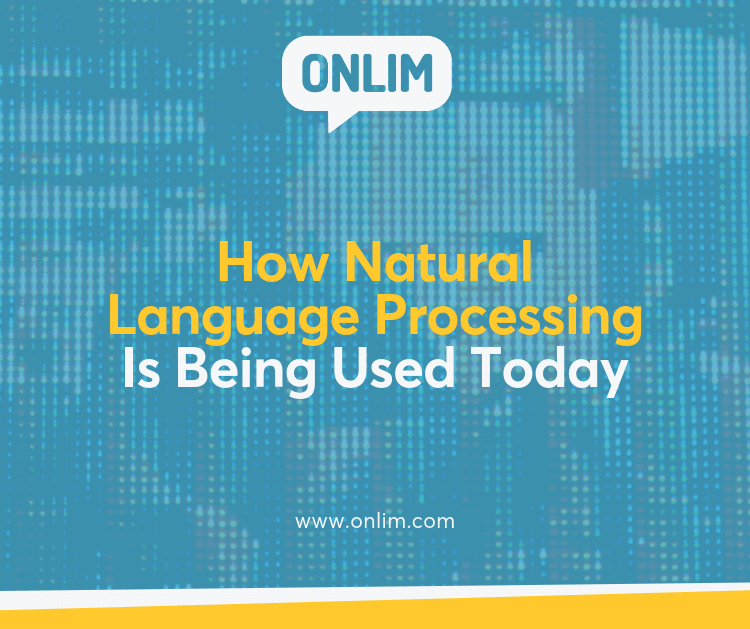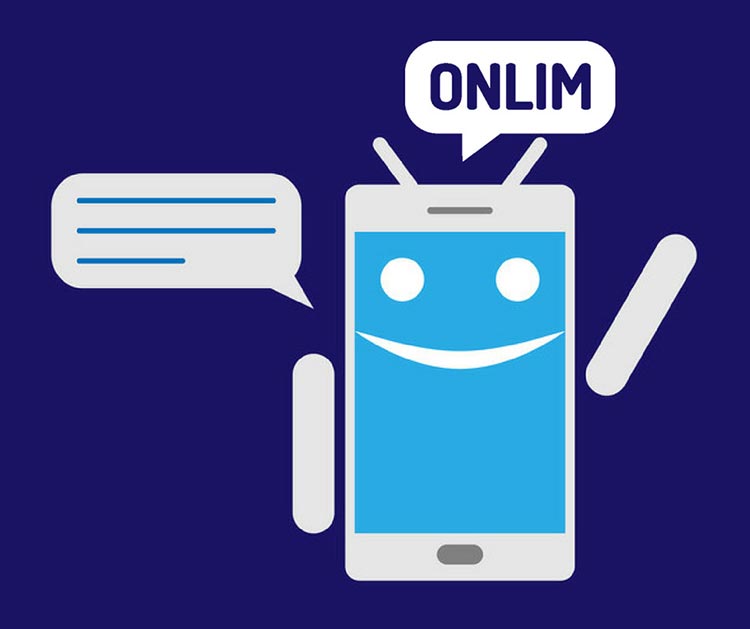How Natural Language Processing Is Being Used Today
Guest post by Drew Page, content marketing specialist at CleverTap.
Can your child perform trillions of computations per second?
Well, even the world’s fastest supercomputer (who can compute trillions of computations per second) would barely be able to understand what your child is saying. But the field of natural language processing is changing all of this.
What is Natural Language Processing?
Natural language processing (NLP) is the system computers need to decipher human speech and text. Through a combination of computer science, linguists, and machine learning, computers hope to achieve artificial intelligence. Easy right?
Think of natural language processing in relation to human communication. One individual sends a message (written or spoken), another person interprets their message and responds with action. This action can be verbal or nonverbal, such as body language.
Ultimately, NLP teaches computers how to understand human languages. Even body language could be recognized through computer vision. Although the technology is progressing, it’s still a hard problem. How are the solutions stacking up in the real world?
NLP Uses Today
Believe it or not, many people engage with natural language processing on a daily basis. Ever asked Siri, Alexa, or Google Assistant a question? These virtual assistants are an example of interfacing with NLP.
Other uses for NLP include detecting spam, analyzing sentiment, answering questions, and identifying speech. Spam detection and speech identification are some more simple examples.
Google is using NLP for many use cases such as their Translate tool, but one you might be less familiar with is spam detection in Gmail. Thanks to NLP, Gmail is capable of filtering spam messages out of your inbox.
Sentiment analysis is a bit more difficult than spam detection. The infographic below about ways natural language processing can be used uses sarcasm for the spam detection section. Sarcasm is challenging for computers to understand, no matter how straightforward. Computers understand human language best when it’s structured. However, the reality is not all humans talk the same which makes sarcasm difficult for computers to process.
Who Uses NLP
Businesses around the world are implementing developer tools to enhance NLP and their companies. Two of the more popular NLP trends today are virtual assistants (e.g. Siri) and chatbots.
Virtual Assistants
Alexa and Siri are changing the way businesses communicate with their customers. In fact, this has become an influential area for some business including Uber and Lyft. Through voice interfaces, consumers are able to ask Alexa or Siri for a ride from their ride-sharing app of choice.
Technologies are becoming more and more compatible which can make a user’s experience smoother. 50% of Alexa users reported news and weather updates were their most frequently used voice UI feature. This can be more convenient than waiting to watch the news on television at a certain time.
Chatbots
Many people are familiar with chatbots when calling into a customer service phone number. In their early stages, chatbots instructed consumers to select certain numbers on their dial pad which coordinated with a department related to their question. Today, artificial intelligence has expanded chatbot abilities.
Some chatbots can entirely replace humans in this space. For example, Expedia uses Facebook Messenger to book hotels and flights. No human required.
This isn’t always an easy experience. Some people become frustrated when chatbots have a difficult time understanding their pronunciation or when there’s distracting background noise. This example applies to voice messages.
Whether your experience with chatbots is positive or negative, automated messaging is altering the customer service industry and consumers lives. Chatbots can give companies a competitive advantage because companies are able to allocate human services elsewhere. This can increase internal productivity.
More information on NLP uses and how speech recognition works can be found in the infographic about NLP below. It also provides a comparison between the algorithms and models that are driving progression in the field. NLP is constantly changing as technology improves. What ways do you see AI and NLP changing the business landscape?
What are Large Language Models (LLMs)?
March 18th, 2024|
What are chatbots and how do they work?
November 23rd, 2023|
The AI Act and its impact on the use of chatbots
October 27th, 2023|




